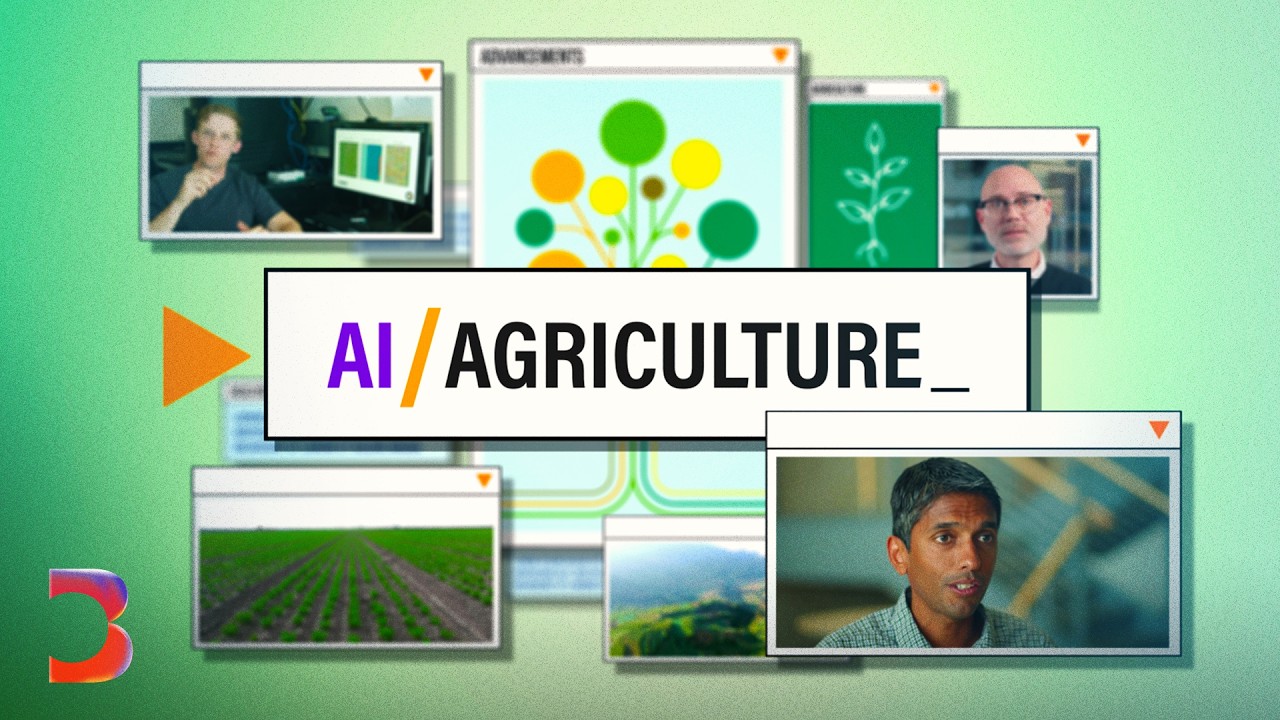The video highlights how robots and AI are revolutionizing farming practices, exemplified by Daniel Alamda’s use of an AI-powered weeder that enhances weed management efficiency. It also discusses the broader implications of automation in agriculture, including advancements in crop genetics, support for small-scale farmers, and the potential impact on the labor market and traditional farming knowledge.
The video explores the transformative impact of robots and artificial intelligence (AI) on modern farming practices, highlighting the experiences of Daniel Alamda, a third-generation farmer in the Selenus Valley. Faced with the persistent challenge of weeds, Alamda adopted an AI-powered weeder that attaches to his tractor. This innovative device utilizes high-resolution cameras and sensors to identify weeds and apply herbicides precisely, allowing for real-time decision-making and increased efficiency in weed management. The integration of AI into farming operations marks a significant shift from traditional methods, where human operators made all decisions.
The video emphasizes the growing adoption of AI technologies across farms in the U.S., with farmers utilizing drones, autonomous plows, and crop sprayers that can distinguish between crops and weeds. John Deere, a leading farm machinery manufacturer, aims to achieve fully autonomous farming by 2030, indicating a broader trend towards automation in agriculture. Researchers at UC Davis are also leveraging AI to enhance crop genetics, enabling the development of healthier and more resilient plants through advanced data analysis techniques.
AI’s role in agriculture extends beyond data collection; it is also being used to accelerate the breeding process for crops. By employing computer vision and machine learning, scientists can quickly analyze traits in various plant genotypes, significantly reducing the time required for crop development from decades to just a few years. This advancement could revolutionize how farmers approach crop breeding, making it more efficient and effective.
In addition to improving farming practices, AI applications are being developed to assist small-scale farmers in developing countries. A team at UC Davis is creating a large language model app tailored for farmers in regions like South Asia and sub-Saharan Africa. This tool aims to provide localized, accessible information to farmers, addressing language barriers and literacy challenges. However, the environmental costs of AI, such as water usage and energy consumption, are also a concern, prompting discussions about the sustainability of these technologies in agriculture.
The video concludes by discussing the broader implications of automation in farming, particularly the labor market’s shift as fewer workers are available for manual tasks. While AI and robotics present opportunities to attract a younger generation interested in technology, there are concerns about losing traditional farming knowledge and skills. As the industry moves towards greater automation, it is crucial to ensure that farmers remain in control and that the transition is managed responsibly to maintain food production and sustainability.
